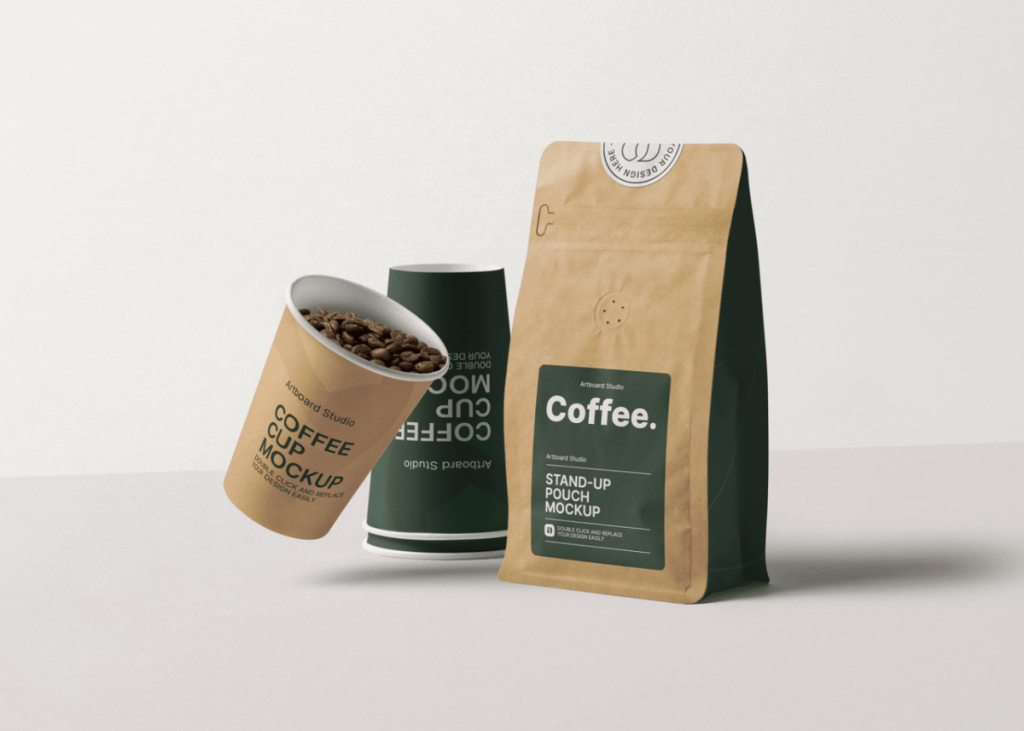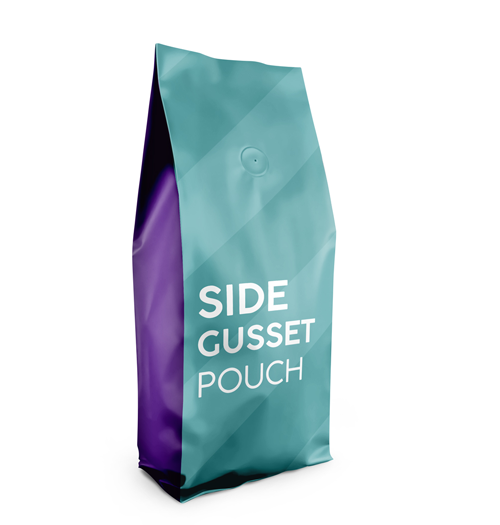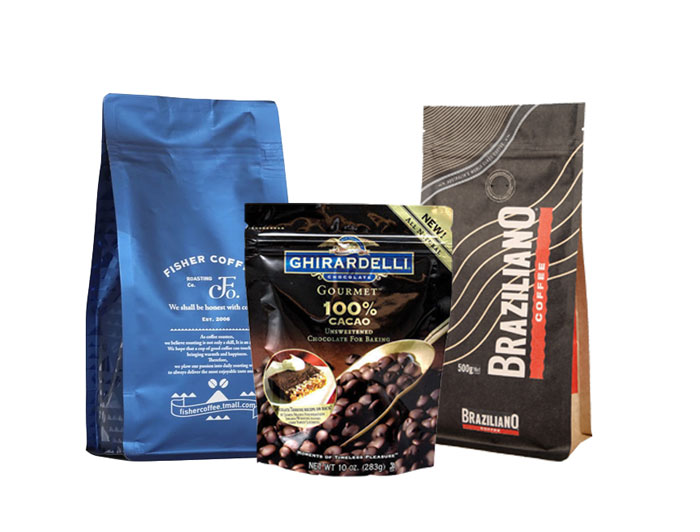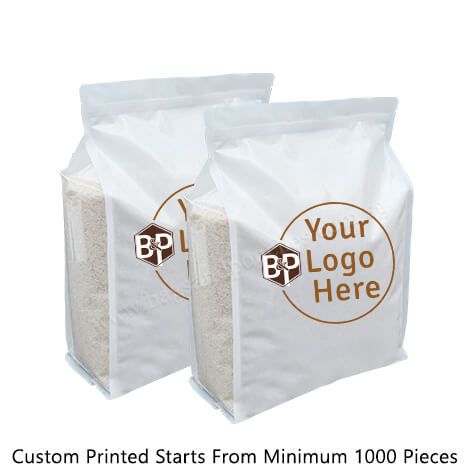The coffee aisle at your local store is not just a collection of various coffee brands and flavors; it's a battleground of packaging design and functionality. How a coffee bag looks, feels, and functions can significantly impact your purchase decision. This comprehensive guide aims to delve into the multifaceted world of coffee bags, discussing the types, features, and the ever-important issue of sustainability.

One of the most popular types of coffee bags is the valve bag. Designed specifically to let out gases emitted by freshly roasted coffee beans, these bags ensure that the beans stay fresh for a long time. The valve is a crucial feature that prevents the bag from bursting due to the trapped gases while stopping external air from entering and spoiling the coffee.
These bags are your traditional, old-school coffee bags and have gussets on either side that expand when the bag is filled. They are incredibly versatile and useful for packaging both ground coffee and whole beans. Their structure is more accommodating for larger quantities, making them popular among coffee suppliers.

Designed to stand erect on a shelf, stand-up pouches offer excellent visibility and accessibility. They usually come with resealable zippers and are ideal for users who prefer the convenience of storing coffee without needing an additional container.

Quad seal bags have seals on all four corners of the bag. This unique feature allows them to hold their shape better and offer enhanced protection against external factors like moisture and air, ensuring that your coffee stays fresh for an extended period.

Kraft bags are often made from paper and are considered an eco-friendly option. These bags align well with the growing consumer demand for sustainable packaging. They are generally lined with a layer of foil, which acts as a barrier to light, oxygen, and moisture, all of which can degrade the quality of the coffee.
Plastic is lightweight, flexible, and relatively cheap, making it a common material for coffee bags. However, it's not an ideal choice from an environmental perspective as it's less likely to be recycled and can contribute to waste.
Aluminum is an excellent barrier to light, oxygen, and moisture, all enemies to the freshness of your coffee. However, it is an energy-intensive material to produce, and not all recycling programs can handle it, making it a less-than-ideal choice for eco-conscious consumers.
Paper bags are biodegradable and can be a good choice from an environmental standpoint. However, they are porous and, therefore, not the best for long-term storage of coffee, as they let in air and moisture.
Some bags use a combination of materials like plastic, aluminum, and paper to maximize the benefits of each. While this makes for a highly functional bag, it can make recycling a challenge, as the different materials must be separated before they can be individually recycled.
An attractive design, complete with engaging graphics and images, can significantly influence consumer choice. High-quality visuals not only attract attention but can also convey the quality and authenticity of the coffee inside the bag.
Colors aren't just for show; they play a significant role in consumer psychology. Earthy tones may signify organic or artisanal coffee, while vibrant, bold colors might suggest a fruity or exotic flavor profile.
Clear and stylish typography is essential for relaying important product information without overwhelming the consumer. The font should be legible, and the text should communicate the brand's story, the coffee's origin, or even brewing instructions effectively.
A consistent brand image helps to build trust and fosters customer loyalty. This involves uniform color schemes, typography, and graphics across all product lines, including coffee bags.
Ensuring that the bag is sealed airtight guarantees that your coffee remains fresh for longer. This is often done using heat sealing techniques or specialized closures like zippers or clasps.
Fresh coffee emits gases; therefore, a degassing valve is necessary to let these gases escape without allowing air to enter. This prevents the bag from bursting and keeps the coffee fresh.
Zippers add a layer of convenience for the consumer, allowing them to reseal the bag easily after each use, thereby maintaining the coffee's freshness.
These are small, pre-cut notches that make it easier for the consumer to open the bag without the need for scissors or knives, thereby enhancing the overall user experience.
Made from materials like cornstarch or sugarcane, biodegradable bags break down naturally over time, leaving no trace. This is an attractive option for consumers concerned about environmental impact.
Single-material bags, often made entirely of one type of plastic or paper, are easier to recycle and are thus becoming increasingly popular.
Bags designed for multiple uses can significantly reduce waste. These often come with durable seals and are made from materials that are easy to clean and reuse.
In a circular economy, products and materials are recycled and reused as much as possible, minimizing waste. Coffee bag manufacturers are increasingly moving towards this model by creating bags that are both recyclable and made from recycled materials.
Providing clear and accurate information about what's inside the bag can not only meet legal requirements but also build consumer trust.
Consumers are increasingly interested in the provenance of their coffee. Providing information on its origin can influence purchasing decisions and even allow you to charge a premium.
This is vital information that needs to be clearly displayed. The consumer needs to know how long they can expect the coffee to remain fresh.
With the increasing focus on sustainability, information about how the bag should be recycled is crucial. This can influence the consumer's decision to buy your product over others.
Design and visual appeal can play a significant role in consumer choice, often serving as the first point of attraction or rejection.
Practical features like resealable zippers, degassing valves, and clear labeling can all contribute to the consumer's decision to purchase one brand over another.
A growing number of consumers are looking for eco-friendly options and are willing to pay a premium for sustainable products.
Not all materials used in coffee bags are recyclable, and not all consumers have access to proper recycling facilities, creating a significant challenge for sustainability.
Advancements in material science and packaging technology offer the possibility of more sustainable, functional, and attractive coffee bags in the future.
From a growing focus on sustainability to shifts in consumer preferences, various market trends will influence the future of coffee bag design and manufacturing.
Coffee bags are not just containers; they are a critical element in the coffee supply chain, influencing consumer choices and affecting the quality and longevity of the product. As we look towards the future, the focus seems to be shifting more towards sustainable options without compromising on functionality or aesthetic appeal. It's a tall order, but one that the industry is poised to fill, making each cup of coffee that much better for you—and for the planet.
And there you have it! We hope this guide has been informative and helpful. The next time you find yourself in the coffee aisle, you'll look at those bags a little differently, won't you?
